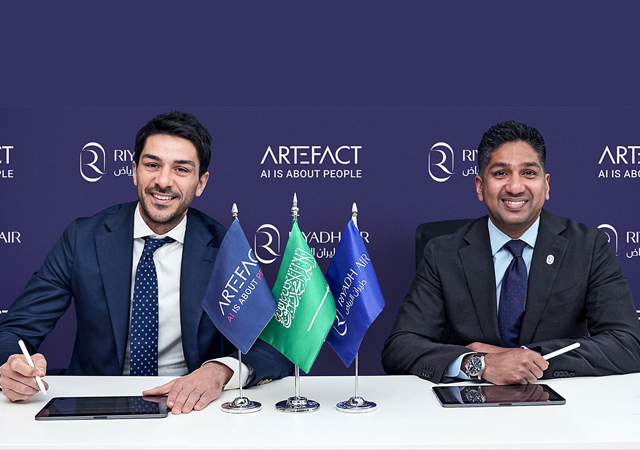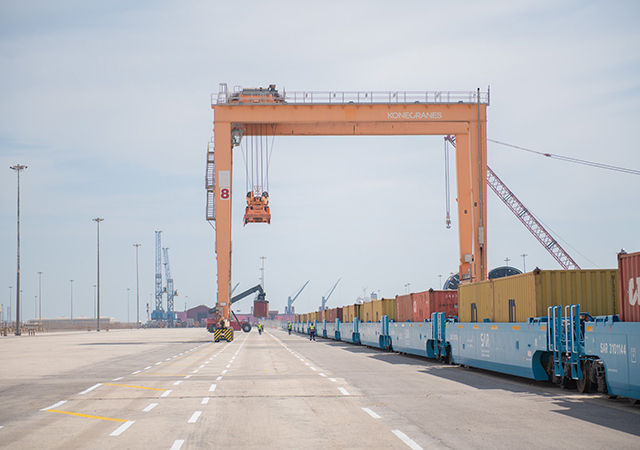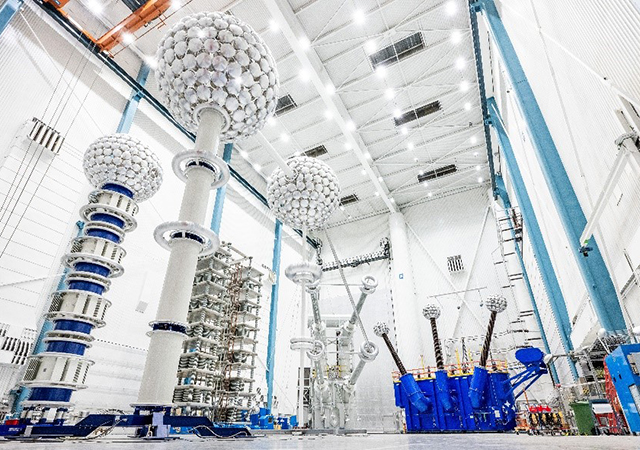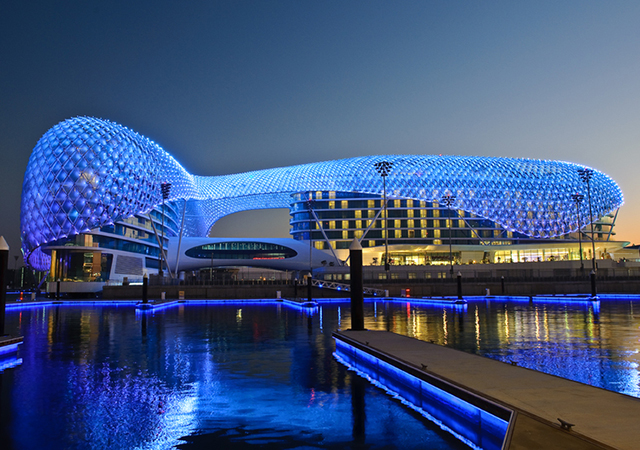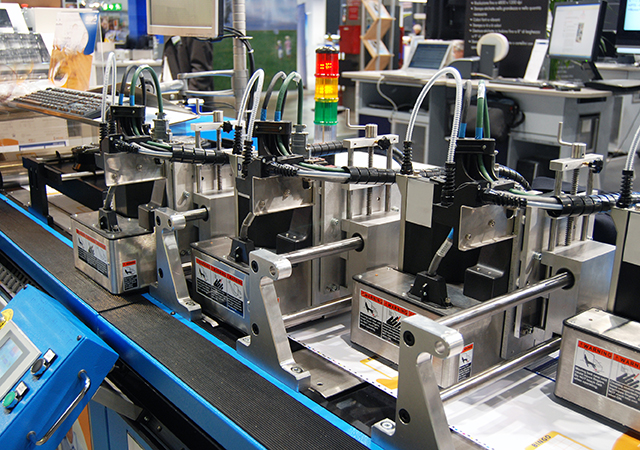
 Recasting fuel additive with VpCI technology
Recasting fuel additive with VpCI technology
Cortec, a global leader in environmentally responsible VpCI and MCI corrosion control technologies, has developed M-707, which tackles the issue of corrosion and helps formulators revolutionise their next fuel additive for longer and better tank maintenance.
The current trend toward increased bio-content in gasoline and diesel has led to new corrosion problems, said a Cortec release. Specific additives are needed, not only to prevent corrosion, but also to keep fuel stable, handle water content, and avoid sludge buildup. Protection is especially critical to avoid stagnation and corrosion during long-term storage.
M-707 is an additive designed to protect fuel systems from corrosion and sludge formation during operation, storage, or shipment. It can be applied as is or used to develop powerful fuel enhancers.
According to the company, M-707 provides corrosion protection, not only to metal surfaces in direct contact with the treated fuel, but also in the vapour space above the fuel line. This is especially important for biofuels that tend to absorb extra water, which can condense overhead and cause corrosion on the tank ceiling.
M-707 also improves fuel stability so there is less chance of oxidation and sludge buildup over long periods of storage. M-707 is not corrosive to copper and aluminum and does not contain trace metals, chlorides, chromates, nitrites, or phosphates, it said.
M-707 can be used in many applications: aboveground storage tanks (ASTs) at airports; underground storage tanks (USTs) at gas stations; dry fuel tanks in export equipment; partially filled fuel tanks on intermittently operating equipment (generators or earth movers); and gasoline or diesel fuel systems in cars or trucks.
Because of its vapour-phase protection, M-707 is perfect for protection of dry or partially filled fuel tanks during overseas export of new equipment. With contact-only corrosion inhibitors, fuel tanks have to be filled up as much as possible to allow maximum corrosion inhibitor contact with the sides of the fuel tank.


